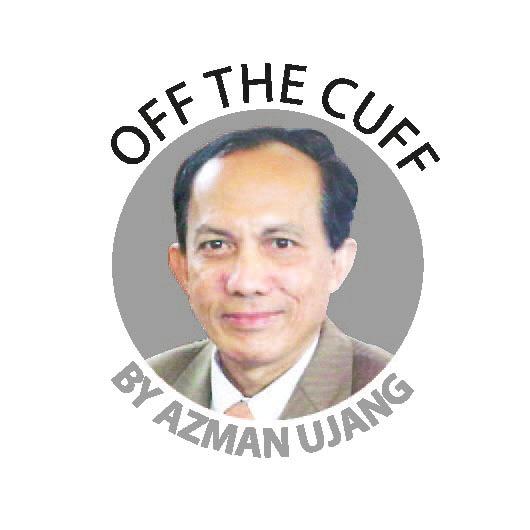THE National Audit Department just released a report that mentions something that all of us who have been to government hospitals either as patients or visitors know too well – these hospitals are understaffed, underfunded and overcrowded.
The report says they do not have enough equipment to provide proper levels of care.
Two days later, the director-general of health, Datuk Dr Noor Hisham Abdullah responded: “We are currently underfunded, understaffed, underpaid, overworked, overstretched and with facilities overcrowded with patients.
“We all need to try harder to improve the public healthcare system to increase the funding, to increase the number of healthcare workers, to improve the salary scale and availability of job posts in our health facilities, all of which are beyond the control of MOH (Ministry of Health).
“I believe when there is a will there is a way.”
Noor Hisham is talking about confronting overcrowding and understaffing head-on with more money and staff, but the way things are, these might still be not sufficient if the number of people needing hospital care keeps rising uncontrollably.
And what more with the increase in population and the swelling number of foreign workers seeking treatment at emergency and trauma departments at these hospitals, the need to look at this issue holistically is greater than ever.
If it is business as usual on the policymaking or decision-making front, then the costs of healthcare shall continue to go out of hand with strong indications of it being unsustainable or a financial time-bomb, to put it bluntly.
Government health spending for this year is already the highest since 1957 at RM28.7 billion or 9.1% of the total government annual budget and this is many times more than the healthcare expenditures in the 1990’s.
Despite the Audit Department’s grim assessment of the shortages, Malaysia’s healthcare services are recognised as one of the best not only among developing countries but also comparable to the developed nations. And certainly at government hospitals, the cheapest.
In fact, too cheap. The access fee to these hospitals at between RM1 and RM5 amounts to a collection of only 3% of the ministry’s operating budget which means that the other 97% comes from taxpayers.
A netizen, SK Khor, wrote that if all Malaysians want more spending on health, they need a new social contract where those who are able must pay higher taxes while the access fee of RM2/RM5 which has remained unchanged since 1982 must be increased.
And what Khor mentioned next is what I have been advocating several times in this column. He wrote: “Citizens must assume more personal responsibility for their own health”.
This is the missing link in the chain of command in our healthcare sector for which we are paying a high price.
Neither the audit report nor Noor Hisham have alluded to this.
We are all too familiar with the cliche prevention is better than cure, but how much is this applied in our daily existence especially when it comes to health matters?
As things stand, almost all the big budget goes into the curative aspects of healthcare and hardly into the preventive side.
If we apply common sense, or out-of-the-box thinking, by spending say RM100 million on measures and public campaigns to get Malaysians to adopt a healthier lifestyle right from their school age, then there will be fewer sick people at the hospitals and clinics.
There are now already over 140 government hospitals throughout the country and more are in the pipeline.
In 2017, these hospitals received 8 million emergency and trauma department patients, accounting for 38% of total outpatients.
Dr Prashant Subramanian, a young occupational health medical practitioner with a Masters in Preventive Health and Wellness at Penang General Hospital texted this to me: “The first step towards sustainable healthcare starts from home.
“It used to be a luxury eating out. Now it’s a luxury eating home cooked meals prepared with the love and positive energy from the Mother to her offspring.”
He says the second step will be societal reforms and the way we live as a healthy community.
“For that I must say 80% of obese kids end up as obese adults and that in itself pushes the country towards the obese nation.”
Already Malaysia is credited as having one of world’s highest obesity rates.
Timely enough this week, another report was released, this time the Malaysian Dietary Supplements Industry Status and Outlook report.
It says Malaysians are poor eaters and lack awareness about eating right and thus are not getting the right nutrients.
Just look at school canteens where every child is exposed to drinking sweet drinks and junk food.
Another culprit are the 24-hour restaurants where the most popular item is teh tarik, with its high sugar content.
We certainly need more NGOs to be formed tasked with a jihad to make Malaysians healthier to bring order and sanity at our congested hospitals.
Comments: letters@thesundaily.com











